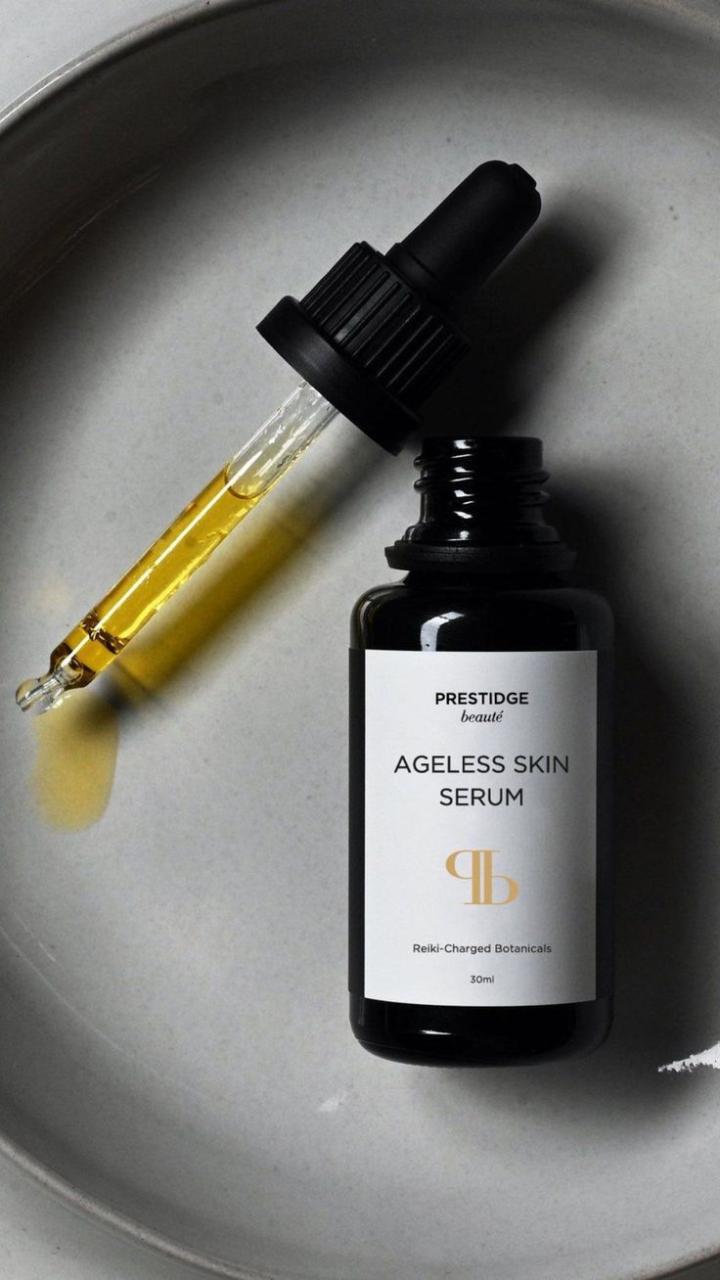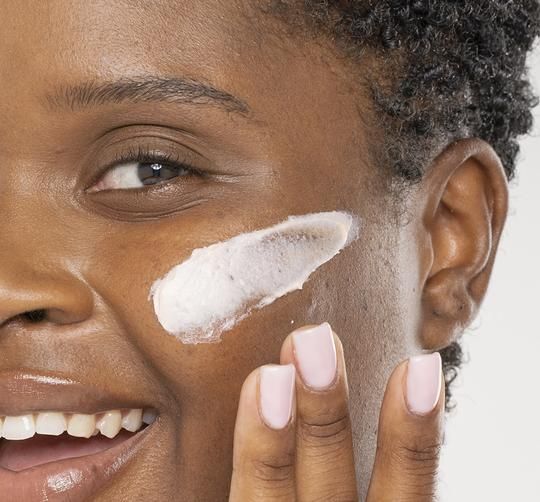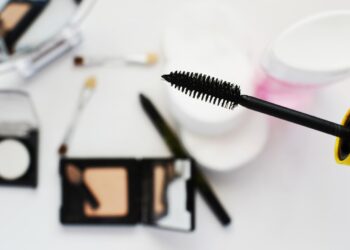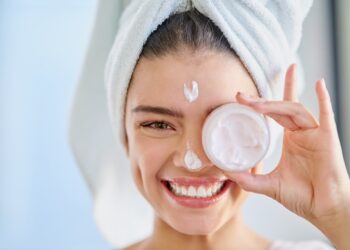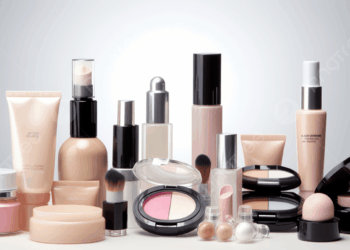Peptides have become a revolutionary cornerstone in the world of advanced skincare, moving beyond conventional anti-aging ingredients to offer a targeted, highly effective approach to skin rejuvenation. Often hailed as the next generation of powerhouse cosmeceuticals, these short chains of amino acids are the fundamental building blocks of proteins essential for skin health, such as collagen, elastin, and keratin. By incorporating specific peptides into your daily regimen, you are effectively giving your skin cells precise instructions, acting as molecular messengers to stimulate repair, growth, and renewal.
The visible signs of skin aging—wrinkles, fine lines, loss of firmness, and a dull complexion—are largely the result of a natural, yet significant, decline in the production of these crucial structural proteins. This slowdown typically begins in our 20s and accelerates over time, leading to a breakdown of the skin’s structural matrix. Topical application of high-quality peptide formulations has been scientifically shown to counteract this decline, offering a non-invasive, highly beneficial way to restore the skin’s youthful vitality and resilience. Understanding how these tiny yet mighty molecules operate is key to harnessing their full potential for a truly ageless complexion.
The Science of Peptides: Molecular Messengers
To grasp why peptides are so effective, it helps to understand their role in the skin’s biology. When key structural proteins like collagen break down, they generate specific peptide fragments. The skin’s fibroblasts—the cells responsible for synthesizing collagen and elastin—recognize these fragments as a signal of damage that needs repair. Skincare peptides are essentially synthetic versions of these natural fragments, designed to mimic the signal, essentially “tricking” the skin into accelerating its own repair and production processes.
Because peptides are smaller than full proteins, their low molecular weight allows them to penetrate the skin’s outer barrier, or stratum corneum, more efficiently than, say, topically applied collagen, which is generally too large to be fully absorbed. Once they reach the deeper layers, they can perform their targeted, communicative functions.
Classifying the Peptide Universe: A Targeted Approach
The efficacy of a peptide product depends heavily on the specific types of peptides it contains. Modern cosmetic science has categorized peptides based on their distinct mechanisms of action, allowing formulators to target different aging concerns with pinpoint accuracy.
Here is a breakdown of the four main types of cosmetic peptides:
A. Signal Peptides These are the most common and arguably the most powerful anti-aging peptides. They work by mimicking the natural breakdown fragments of collagen, communicating directly with fibroblasts to prompt the increased synthesis of essential structural components.
- Key Action: Stimulate the production of collagen (Type I, III, IV), elastin, and glycosaminoglycans (GAGs) like hyaluronic acid.
- Benefits: Reduces the appearance of fine lines and wrinkles, improves skin firmness and elasticity, and enhances overall skin structure.
- Notable Examples: Palmitoyl Pentapeptide-4 (often marketed as Matrixyl), Palmitoyl Tripeptide-5 (Syn-Coll), and Palmitoyl Tripeptide-1.
B. Carrier Peptides Carrier peptides have a unique function: they stabilize and deliver essential trace elements—most notably Copper—to the skin cells. These minerals are vital cofactors in numerous enzymatic processes, including those involved in wound healing and the synthesis of collagen and elastin.
- Key Action: Facilitate the transport of minerals, which are crucial for antioxidant activity and enzyme function.
- Benefits: Accelerate wound healing, promote skin regeneration, boost antioxidant defense (e.g., via Superoxide Dismutase), and enhance collagen production.
- Notable Examples: Copper Tripeptide-1 (GHK-Cu), which is lauded for its significant regenerative and anti-inflammatory properties.
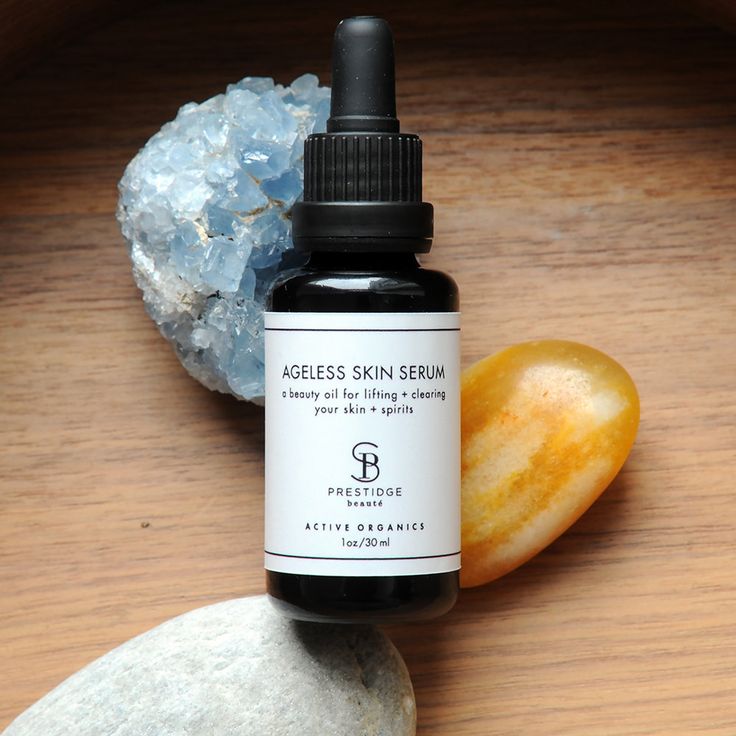
C. Neurotransmitter-Inhibitor Peptides These peptides offer a topical, non-invasive alternative for addressing dynamic wrinkles—the lines caused by repetitive facial muscle movement (like frown lines or crow’s feet). They work on the nerve-muscle connection.
- Key Action: Interfere with the release of acetylcholine, a neurotransmitter required for muscle contraction, resulting in a temporary, mild relaxing effect on the facial muscles.
- Benefits: Smooths expression lines and delays the formation of new wrinkles, mimicking the effect of injectable treatments like Botox.
- Notable Examples: Acetyl Hexapeptide-8 (Argireline) and Pentapeptide-18 (Leuphasyl).
D. Enzyme-Inhibitor Peptides These peptides help preserve the skin’s structural integrity by actively blocking the enzymes responsible for breaking down collagen and elastin. One major group of these destructive enzymes are the Matrix Metalloproteinases (MMPs), which are activated by UV exposure and inflammation.
- Key Action: Directly or indirectly inhibit collagen-degrading enzymes. Some also inhibit tyrosinase, the enzyme responsible for melanin production.
- Benefits: Preserve existing collagen, maintain skin firmness, and in the case of tyrosinase inhibitors, help reduce hyperpigmentation and brighten skin tone.
- Notable Examples: Palmitoyl Tetrapeptide-7 (part of Matrixyl 3000, known for its anti-inflammatory action) and various peptides that target tyrosinase like Tetrapeptide-30 (PKEK).
Comprehensive Benefits of Peptide Skincare
The spectrum of benefits offered by peptides is broad, making them a versatile ingredient suitable for almost every skin type and age. Consistent use of peptide-rich products translates into visible improvements that span across multiple layers of skin health.
1. Superior Wrinkle Reduction and Firming
The primary draw of peptides is their exceptional ability to target the visible signs of aging. By signaling increased production of collagen and elastin, peptides rebuild the structural scaffold beneath the skin. This restorative action results in:
- A noticeable smoothing of fine lines and wrinkles.
- Improved skin density and turgor.
- Enhanced elasticity, helping the skin retain its ‘snap-back’ factor.
- A lifting effect, particularly beneficial for areas prone to sagging, like the jawline and neck.
2. Deep Hydration and Barrier Function
A healthy skin barrier is crucial for retaining moisture and protecting against environmental aggressors. Peptides play a key role in strengthening this barrier.
- Certain peptides stimulate the production of Hyaluronic Acid within the skin, which acts as a powerful humectant, drawing and locking in moisture.
- By reducing inflammation and promoting the health of the skin’s outermost layer, peptides help minimize transepidermal water loss (TEWL), leading to plumper, more hydrated, and resilient skin.
3. Calming and Anti-Inflammatory Effects
Chronic, low-grade inflammation is a silent driver of premature aging, contributing to the breakdown of collagen. Several peptides possess significant anti-inflammatory properties.
- They help to soothe irritation and redness, making them suitable for sensitive or reactive skin types.
- The reduction in inflammatory signals helps to preserve the extracellular matrix from enzyme degradation. Palmitoyl Tetrapeptide-7, for instance, is known for its ability to lower the production of inflammatory mediators like Interleukin-6 (IL-6).
4. Healing and Tissue Repair
Carrier peptides, especially those featuring copper, are renowned for their regenerative capabilities.
- They accelerate the skin’s natural repair process, making them excellent for post-procedure care or for generally compromised skin.
- This enhanced healing also contributes to fading the appearance of scars and blemishes over time, leading to a more even and refined texture.
5. Combatting Hyperpigmentation
Specific enzyme-inhibitor peptides are formulated to address uneven skin tone by intercepting the melanin production process.
- By inhibiting the tyrosinase enzyme, these peptides help to lighten existing dark spots and prevent the formation of new ones, resulting in a brighter, more uniform complexion.
Maximizing Peptide Efficacy: Tips for Your Routine
To ensure you are getting the most from your peptide investment, proper product selection and application are essential. The goal is to maximize the time the active ingredients spend in contact with your skin and to ensure their stability.
Product Selection and Formulation
The form of the product greatly influences the delivery of peptides.
- Serums and Moisturizers: These are the optimal delivery vehicles. Because they remain on the skin for an extended period, they allow the peptides sufficient time to penetrate and interact with the target cells. Cleansers, which are rinsed off quickly, are generally less effective.
- Packaging: Look for products in airless pumps or opaque bottles. Peptides, like many active ingredients, can degrade when exposed to air and light, compromising their potency.
Layering and Compatibility
Peptides are remarkably versatile and generally pair well with most other popular skincare ingredients, which is a significant advantage over retinoids or certain strong acids.
- The Power Trio: Peptides work synergistically with Vitamin C, Hyaluronic Acid, and Niacinamide. Vitamin C boosts collagen synthesis, Hyaluronic Acid provides immediate plumping hydration, and Niacinamide strengthens the barrier—all functions that complement the peptides’ core mechanisms.
- A Note on Acids: While most routines can handle mild exfoliation, extremely high concentrations of strong Alpha Hydroxy Acids (AHAs) or Beta Hydroxy Acids (BHAs) applied simultaneously with a peptide serum might risk some degradation of the peptide structure due to extreme pH differences. A safe approach is to use your peptide product in the morning and reserve strong acids for your nighttime routine.
Consistency is Key
Visible skin changes take time. The cellular processes peptides initiate do not happen overnight.
- Application: Apply your peptide product twice daily—morning and evening—to a clean face.
- Timeline: Expect to see noticeable improvements in skin texture, firmness, and fine lines after a minimum of 4 to 12 weeks of continuous, consistent application. Patience and adherence to the routine are crucial for realizing the full anti-aging benefits.
The Future is Peptides: Beyond the Basics
The field of peptide research is accelerating, with scientists continually discovering and engineering new structures with highly specific biological functions. Emerging research is focusing on:
- Senolytic Peptides: A cutting-edge area involves peptides that target and eliminate senescent cells (often called ‘zombie cells’), which accumulate with age and release inflammatory signals that damage surrounding healthy tissue. The discovery of peptides like OS-01 suggests a potential to not just slow aging, but possibly reverse the biological age of skin cells.
- Next-Gen Delivery Systems: Innovations in encapsulation and lipid conjugation are further improving the stability and skin penetration of complex peptides, ensuring maximum delivery to the target sites within the dermis.
- Microbiome Support: Newer peptides are being developed to support the healthy balance of the skin’s microbiome, offering anti-microbial and barrier-strengthening benefits that go beyond traditional anti-aging.
Peptides are more than just a fleeting trend; they represent a significant scientific advancement in topical skincare. By acting as intelligent cellular communicators, they effectively prompt the skin to repair and rejuvenate itself from within. For anyone serious about maintaining a firm, smooth, and resilient complexion, incorporating the right peptides is no longer optional—it is a foundational pillar of an advanced, truly ageless skincare strategy.

